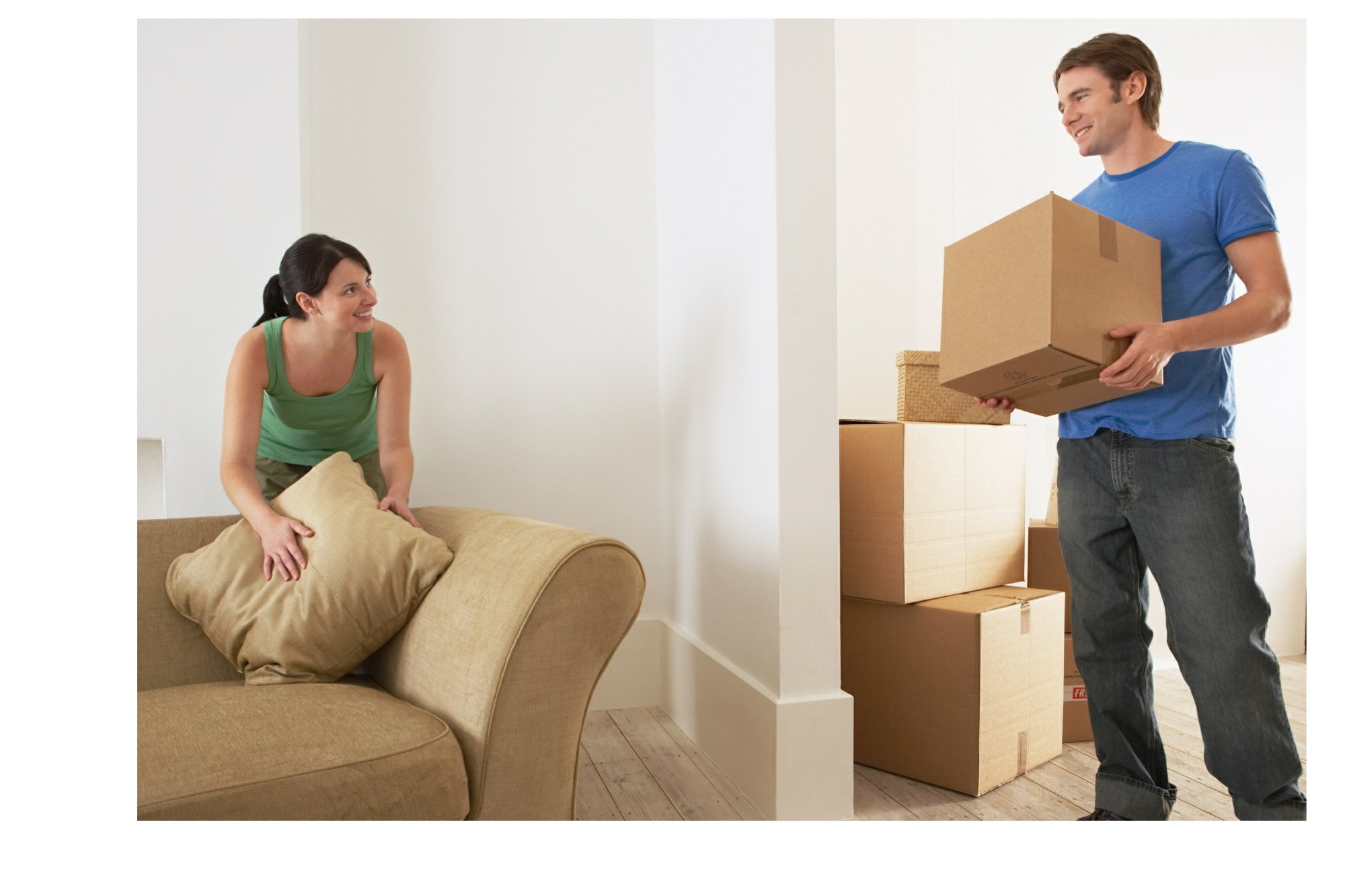Moving this spring? Springtime is known for being a good time to buy or sell a home. With the end of the school year approaching, many families take the opportunity to buy or sell, and then find themselves moving over the summer months.
Whether you’re currently planning a move or moving in the future, these tips will provide you with less stress and an easy simplified process.
Moving Paperwork
Keep moving documents and paperwork organized using a dedicated binder or notebook. Include a pocket for confirmations and receipts for various services provided during the move.
Before You Move
- Stock up on supplies early. Gather boxes from friends and even stores like Wal-Mart or Cost-co. Load up on packing paper, tape, box labels, and that notebook we mentioned above. You can get bubble wrap at Dollar Tree, to cut cost.
- Schedule a disconnection of utilities.
- Submit a change of address to banks and other institutions that regularly send mail.
- File change of address with post office
- Submit change of address for driver’s license and car registration.
- Transfer any regular prescriptions to a pharmacy near your new home.
- Contact local schools and complete paperwork needed to transfer schools (for school-aged children).
- Magic Plan App is an app that allows you to map out a floorplan of your new space, and place items in rooms virtually. It’s helpful if you can go into the move with a plan of where big items will be placed.
Packing
Purge as you pack. Go by some of the rules for donating we’ve discussed here on the blog, or some of your own. For instance, if you haven’t worn or played with it in a year, it’s going in a donate pile.
Start with out-of-season items first. For instance, if you’re packing in May, go ahead and seal up and label all of that Christmas decor. Focus on items you do not need up until the move. Other examples are infrequently used kitchen gadgets, fine china, and unused home decor. Label these items not only with the color coded system you have in place, but also with the season or month you will need them. Prioritizing boxes makes the packing process efficient and more timely.
Clothing items, blankets, and towels can be left in dresser drawers and furniture can be wrapped to keep drawers from falling out. Do not leave breakable items in drawers. For closet items, consider wardrobe boxes that have a place for directly hanging your clothing inside. When you arrive at your destination, the clothes will go directly into the next closet, unwrinkled and ready to be worn.
Pack like items together, as well as small hardware parts. Curtain rods, hanging hooks screws, curtain hanging rings, and other accessories should all be placed in a box together. Use a plastic or fabric bag and tape to the inside of the box with hardware and small accessories.
Essentials Box- To Unpack First
Put these items in last when you pack.
- Hardware kit- small nails, a hammer, screwdriver, wrench, and a few other essentials are necessary to have on hand
- Light bulbs and flashlights
- Cleaning supplies- just the basics will do, but don’t forget the gloves
- Nutrient rich, filling snacks and cold water
- First-aid Kit
- Basic Hygiene Items
- New shower curtain liner
- Paper plates, cups, napkins, and plastic silverware
*Helpful hint- Pack essentials like toiletries, clothing for the first week, and medications in an overnight bag. Put this bag into your car, rather than a moving truck. You will be glad you did this, when you aren’t rummaging on your first night in search of your toothbrush and pajamas.
Labeling
Color code boxes by room using a colored labeling system. Moving Apps like Sortly App are helpful to keep lists of these labeling systems as well as numbers of boxes that belong in each room for move-in day. For labeling, use pre-printed moving labels, write on mailing labels in a variety of colors, or use colored dot stickers to coordinate and organize boxes.In addition to labeling, list the contents of the box on the outside.
*Write your last name on each box, to ensure the boxes are delivered to their new location.
Fragile, Heavy, or Hazardous
Prior to move-out day, place fragile items apart from other items to be packed. Label these as “fragile”. Distinguish what items will be packed in the car with you, rather than on the moving truck. For instance, valuables or irreplaceable items, hazardous materials, or your “first night” bag. Check with your moving company for items they do not allow on the truck. This list will include items like batteries, gasoline, chemicals, propane, and more. Valuable items include car titles, home videos, scrapbooks, wedding albums, plane tickets, and more.
Place heavy and fragile items into small boxes. They are easier handled and less likely to be dropped and broken.
Move Out Day
On the day you move out, there will be necessary paperwork to sign. You will want to communicate important packing information to the moving van drivers as soon as possible. Before the van departs, provide the driver with your contact information as well as a few backup numbers. Additionally, confirm the exact delivery address.
Have some snacks and water available for those that help you pack or move. It will be most appreciated.
When your home is empty, do a final run through. Are utilities turned off and arranged for disconnection? Is the home clean and ready for a walk through with future renters or owners?
*Don’t forget to snap a quick picture of the family before your final departure.
Move In Day- Do these things ASAP
Tape signs on door to each room that coordinate with packed boxes. Movers will move quickly to place boxes in the correct rooms.
Fill the pantry and refrigerator with food and drinks for nourishment during the move in. Not only will you be able to give those that help you some extra snacks, but you’ll be less likely to take long breaks to grab meals.
Most Important
Accept the stress. Moving is one of the top 5 stressful life events. There will be hiccups along the way. Smile, laugh, and know that you’ll be settled in your new home before you know it.



